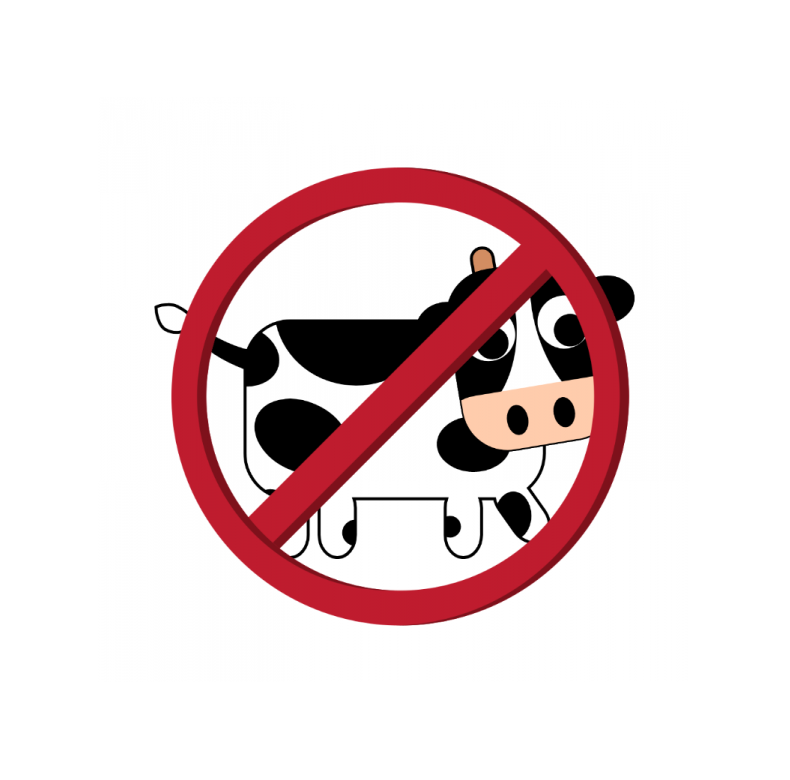MOO-LESS SOURCES OF CALCIUM (+ AN INCREDIBLE NEW RECIPE!!)

Calcium is a soil derived nutrient and is important in maintaining healthy bones and teeth, a healthy blood pressure, and a healthy nervous system. It also plays a role in muscle function and blood clotting. The daily recommendation for calcium intake for adults aged 19-50 years and men 51-70 years is 1000 mg per day. An intake of 1200 mg of calcium is recommended for women over 51 years and for men over 70 ¹ . The dairy industry has a done a great job promoting milk/diary as the best source of calcium.
But consuming dairy doesn’t make sense from an evolutionary perspective. Humans didn’t gain access to other animals’ milk until 7000-8000 years ago, which may seem like a longtime, but is a blink of an eye if you look at all of human history. Furthermore, human beings are the only animal that consumes dairy after weaning and consumes the milk of another species. And consuming dairy doesn’t prevent osteoporosis. Population studies show that the more diary consumed, the greater the risk for osteoporosis ² . A recent study also showed that consuming dairy calcium does not protect adult women form hip or arm fractures 3³ . Some people believe this is caused by the over consumption of dairy proteins. Proteins are made up of individual amino acids, so when protein is digested, it increases the acidity of the blood. The body then pulls calcium from the blood to neutralize the acid. However, there isn’t a lot of scientific research to support this theory.
So if you don’t consume dairy, where do you get your calcium? You could take supplements, but research shows that calcium supplements increased a risk of heart disease by about 15% in healthy postmenopausal women, the very group most at risk for osteoporosis ⁴ . Ideally, you should get your calcium the same place that cows get their calcium; from plants (actually, it comes from the dirt the plants grew in)! Here is a chart that shows the calcium content of various plant-based foods⁵.
Additionally, your body needs vitamin D to absorb calcium, but you do not have to take calcium and vitamin D at the same time. It's just good to be aware of your vitamin D levels and make sure they are always within a healthy range.
1 IOM (Institute of Medicine). Dietary Reference Intakes for Calcium and Vitamin D. Washington, DC: The National Academies Press, 2011.
2 BMJ 2014; 349 :g6015
3 Crit Rev Food Sci Nutr. 2020;60(10):1722-1737.
4 Nutrients. 2021 Jan 26;13(2):368.
5 USDA Nutrient Database for Standard Reference, Legacy, 2018 and manufacturers’ information.
In conclusion, just as plants have protein, they also have calcium. And when we get calcium from nutrient-dense, plant-based foods, we are also getting many other essential micronutrients, such as fiber, vitamins, other minerals, phytochemicals and antioxidants, all of which have been shown to prevent treat and even reverse many other chronic diseases.
Here is a great new recipe using tofu - a fantastic source of plant-based calcium!
Do you know about our STREAMING PLUS membership?
Our membership is built like a streaming service - you get a full library of plant-based cooking classes to watch whenever you want. PLUS, you gain access to upcoming interactive virtual cooking classes and a monthly accountability group call.
As a member you get:
-
Complete library of all past virtual classes - stream them whenever you’d like!
-
Free access to upcoming virtual classes
-
Library of easy and quick recipes: 100 and growing
-
Access to private Facebook group
-
Monthly accountability check-in and support group Zoom call with Caryn
-
Quarterly “Ask the Doc” call with Dr. Jim Loomis, our Medical Director
-
20% off all virtual multi-week programming
-
A community of support
To learn more, please visit us here.

